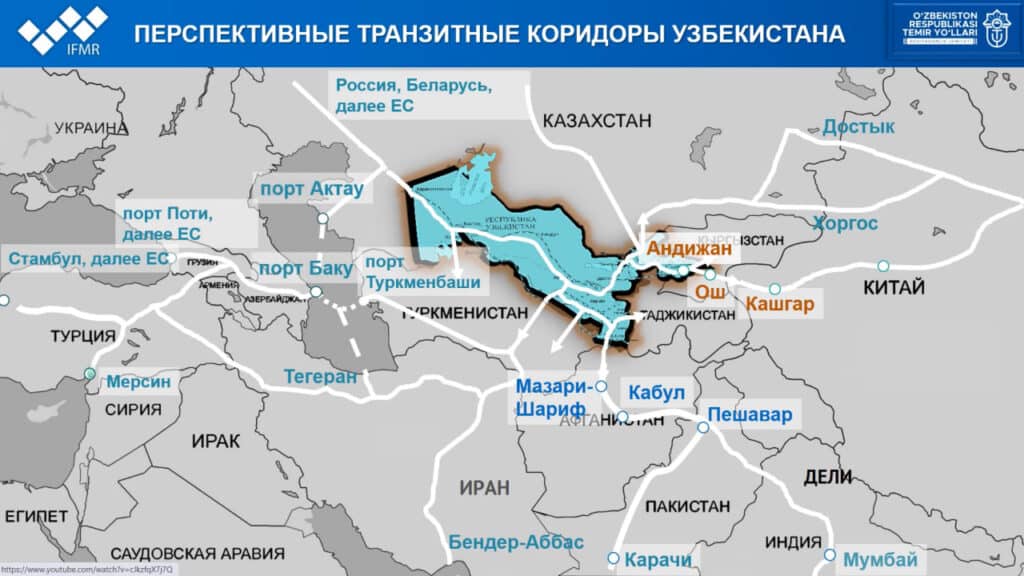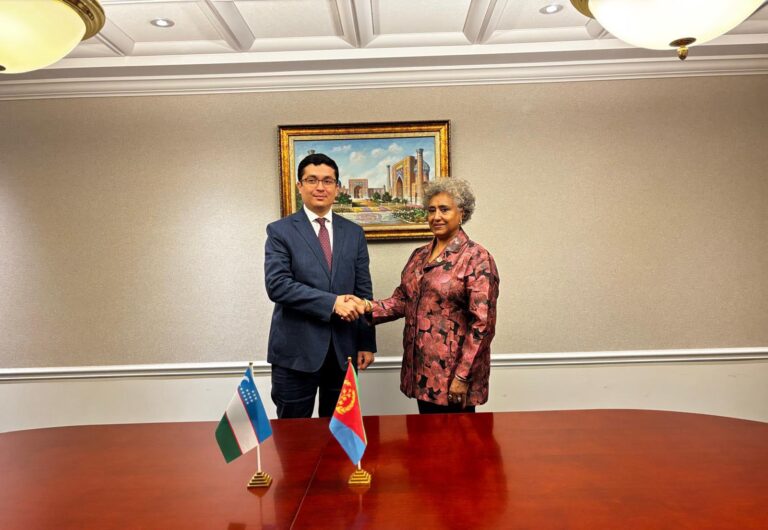
With sanctions tightening and geopolitical tensions persisting, Russian agribusinesses are increasingly setting their sights on Uzbekistan. The country offers a growing domestic demand for food, well-established trade routes and a strategic location for reaching the wider Central Asian region.
What products are Russian producers prioritising for export? And how are they securing a foothold in the Uzbek market?
Kursiv Uzbekistan has reviewed the latest export strategy for Russian agricultural goods to Uzbekistan, developed by the Federal Agroexport Centre.
Why Uzbekistan?
Growing consumer demand meets limited domestic output
Food consumption in Uzbekistan is rising steadily, but local production is not keeping pace. As a result, the country remains import-dependent across several key categories.
For instance, Uzbek manufacturers currently meet only 65% of domestic demand for sunflower oil. The remainder is imported. Same holds true for margarine, although local brands are developing, more complex formulations still mainly come from Russian suppliers.
The dependency is even greater in baby food. With a young population and growing demand for high-quality, certified products, this segment is heavily reliant on imports. Russian brands have already established a strong presence here, but growth potential remains substantial.
Uzbekistan as a Transit Office
Uzbekistan serves not only as a market in its own right but also as a strategic hub for re-exporting goods to Afghanistan, Tajikistan and Turkmenistan.

Direct deliveries to these countries are hampered by logistical and regulatory challenges, so many Russian companies route their goods through Uzbekistan first, then forward them southward.
The country is also investing heavily in cross-border trade infrastructure. Efforts are already under way to remove barriers and establish:
- trade houses
- wholesale distribution centres (WDCs) in border regions
- cross-border trade zones
This makes Uzbekistan an increasingly attractive base for scaling operations across the region.
Estimates suggest that mutual trade between Russia and Uzbekistan could soon reach $2 bn, much of which is already being factored into multi-stage export strategies aimed at third-country markets.
What to Export: Four High-Demand Product Categories
Russian analysts have examined the Uzbek market and identified 24 promising export categories. Among them, four stand out:
1. Sugar-Based Confectionery
These products travel well, even in hot climates, making them particularly suited for export. The local market is worth $33.7 mln and continues to grow.
Russian firms currently hold a 14% share and, with a well-executed promotional strategy, could capture 30% or more.
The segment also benefits from low entry barriers and flavour profiles that already appeal to Uzbek consumers.
2. Margarine
The margarine market has seen impressive growth—from $68.9 million in 2019 to $105.6 million in 2024.
Russian suppliers now hold 27% of the market. There is a consistent demand for margarine with complex formulations, a niche in which local producers struggle to compete. This creates clear opportunities for high-tech, differentiated Russian offerings.
3. Baby Food
Uzbekistan’s baby food market is almost entirely reliant on imports—99.3% of products are brought in from abroad. Russian suppliers already account for over 57% of that volume.
The country’s demographic growth is driving demand for quality baby formula, cereals and purées, making this a top-priority and strategically important category for Russian brands.
How Russian Companies Plan to Expand in Uzbekistan
Joint Ventures
Setting up production directly in Uzbekistan can reduce logistics costs, ease market access and allow companies to take part in tenders. This approach is particularly relevant for margarine and baby food, which are still heavily import-dependent.
Unified Export Branding
In the confectionery segment, there are discussions around using a single packaging and labelling format for all Russian goods. This would improve shelf visibility, boost brand recognition and project a consistent quality image, especially important in light of competition from Ukraine, Kazakhstan and Turkey.
Association with Paediatricians and Educational Outreach
In the baby food category, there are plans to establish an international association involving Russian producers and Uzbek paediatricians. The group would help develop standards, hold lectures and support parents in making informed choices.
Additionally, Agroexport recommends launching schools and information campaigns to educate parents on product composition and benefits. This would help build trust and provide a more meaningful foundation for promotion, especially for first-stage weaning products.
State-Backed Financial Support
Experts argue that Russia should subsidise logistics, certification, exhibition participation and local marketing. There are also discussions around export credit mechanisms and risk insurance.
Logistics and Retail Development
Businesses are being encouraged to invest in trade houses, warehouses and logistics centres. This would not only improve coverage within Uzbekistan but also strengthen the country’s role as a transit hub for exports to the wider Central Asian region.













